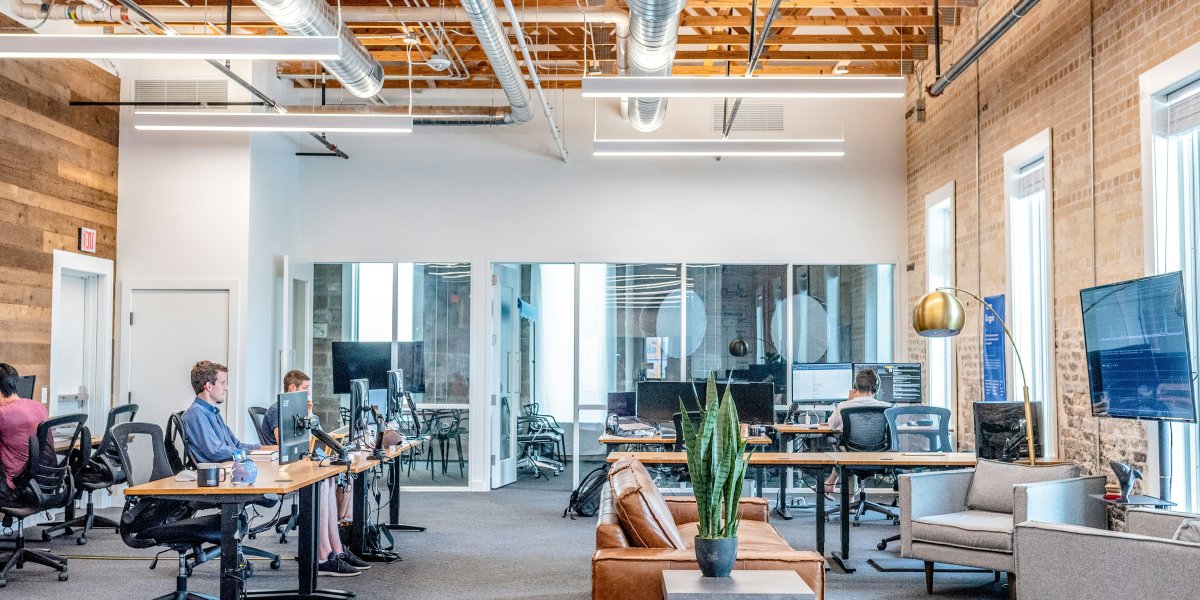
Tiny House Internet: How I Built a Remote Work Setup That Actually Works
When I told my software development team I was moving into a tiny house, my manager's first question wasn't about space or lifestyle – it was "But how will you get reliable internet?" Eighteen months later, my tiny house internet setup is more robust than most traditional offices. Here's how I solved connectivity, power management, and workspace design for full-time remote work.
The Internet Challenge: Location Matters Everything
My first tiny house location seemed perfect – a quiet spot outside Bend, Oregon with mountain views and $350 monthly lot rent. The internet situation was medieval. The best available option was 5 Mbps DSL that barely handled video calls, let alone my daily code deployments and Docker container builds.
After three months of hotspotting off my phone for critical work and driving to coffee shops for large uploads, I realized internet access needed to be my primary criteria for tiny house parking. I moved to a location 20 minutes closer to town with fiber internet access. The extra $200 in monthly rent was worth every penny for 100 Mbps symmetric speeds.
Building Redundancy: Multiple Internet Sources
Relying on single internet source for full-time remote work is career suicide. I built a three-tier backup system that's saved me countless times:
Primary: Fiber internet through the tiny house community's bulk service. 100/100 Mbps for $75 monthly, reliable as gravity.
Secondary: Verizon unlimited business plan with external antenna system. Mounted a directional antenna on my roof pointing toward the nearest tower, getting consistent 40-60 Mbps down. Costs $90 monthly but worth it for backup.
Emergency: Starlink dish for true backup internet. $120 monthly for the residential plan, but I can pause service when not traveling. Gives me internet literally anywhere I can park.
Power Management for Heavy Computing
My development workstation pulls 400-500 watts under load. Add monitors, networking equipment, and office lighting, and my work setup demands serious power management. I upgraded to a 3000W pure sine wave inverter with 800Ah of lithium batteries and 1200W of solar panels.
The key insight: size your power system for your work requirements, not just basic living needs. I can run my full setup for 6 hours without sun or shore power, which covers even Oregon's cloudiest winter days.
Workspace Design in 220 Square Feet
Creating a professional workspace in a tiny house requires creativity and compromise. My solution was a murphy desk system that transforms my living room into an office during work hours. The desk folds down to reveal:
- Dual 27" monitors on adjustable arms
- Mechanical keyboard and ergonomic mouse
- Webcam with ring light for video calls
- Noise-canceling microphone on boom arm
- Document scanner and small printer
When work day ends, everything folds up into a 8-inch deep wall unit that looks like built-in storage. Cost about $1,800 to build custom, but the space efficiency is unmatched.
Dealing with Video Call Challenges
Video calls in tiny houses present unique problems. Background noise from neighbors, limited space for professional-looking backgrounds, and the challenge of good lighting in small windows. My solutions:
Acoustic treatment: Removable sound panels that attach with Command strips during calls. They store in a slim cabinet when not needed.
Lighting: LED light panel mounted above my monitors provides even, professional lighting without taking floor space.
Background: Custom built-in bookshelf that looks professional on camera and provides actual storage for work materials.
Climate Control for Electronics
Tiny houses experience temperature swings that can stress electronics. I installed a mini-split system specifically for temperature stability, not just comfort. My office area maintains 68-72°F year-round, protecting thousands of dollars in computer equipment.
I also added a small dehumidifier that runs during Oregon's wet months. Electronics and humidity don't mix, especially in small spaces where moisture can concentrate quickly.
The Mobile Office Setup
One advantage of tiny house living is the ability to relocate your entire office. I've worked from family property in Colorado, RV parks during vacation, and even Home Depot parking lots during emergencies (thank you, Starlink).
My mobile kit includes a cellular signal booster, portable monitors, and a dedicated mobile hotspot with unlimited data. I can set up a functional office anywhere I can park and have basic power.
Total Investment and Monthly Costs
Building a professional remote work setup in my tiny house cost more than I initially budgeted:
- Murphy desk and storage system: $1,800
- Power system upgrades: $3,200
- Internet infrastructure: $890
- Climate control: $1,400
- Acoustic treatments: $340
- Total setup cost: $7,630
Monthly costs for internet services: $285 (fiber + cellular + Starlink). That's higher than most people's internet bills, but critical for my income source.
Productivity Wins and Challenges
Surprisingly, I'm more productive in my tiny house office than I ever was in traditional spaces. The forced organization keeps me focused, and the lack of extra rooms means no space for procrastination activities.
Challenges include limited storage for physical work materials and the constant need to keep the space organized. Also, when the workspace is also your living space, establishing work-life boundaries requires discipline.
Advice for Remote Workers Considering Tiny Houses
Prioritize internet access over everything else when choosing a location. Budget significantly more for your work setup than you think you'll need. And test your full remote work requirements before committing to a tiny house lifestyle.
Also, consider how your work style matches tiny house living. If you need silence for concentration, tiny house communities might not work. If you thrive in cozy, organized spaces, it could be perfect.
Two years in, I can't imagine going back to a traditional office or home office. My tiny house setup gives me productivity, mobility, and lower overall living costs while maintaining professional work capabilities. For the right remote worker, it works well.